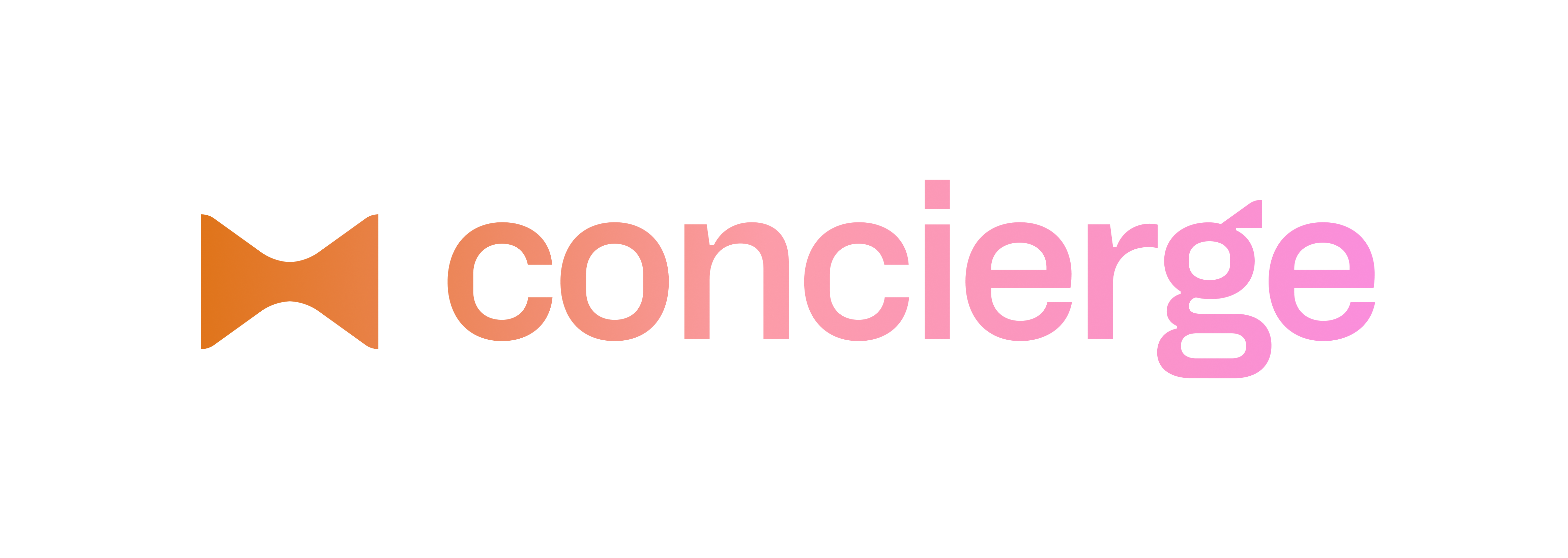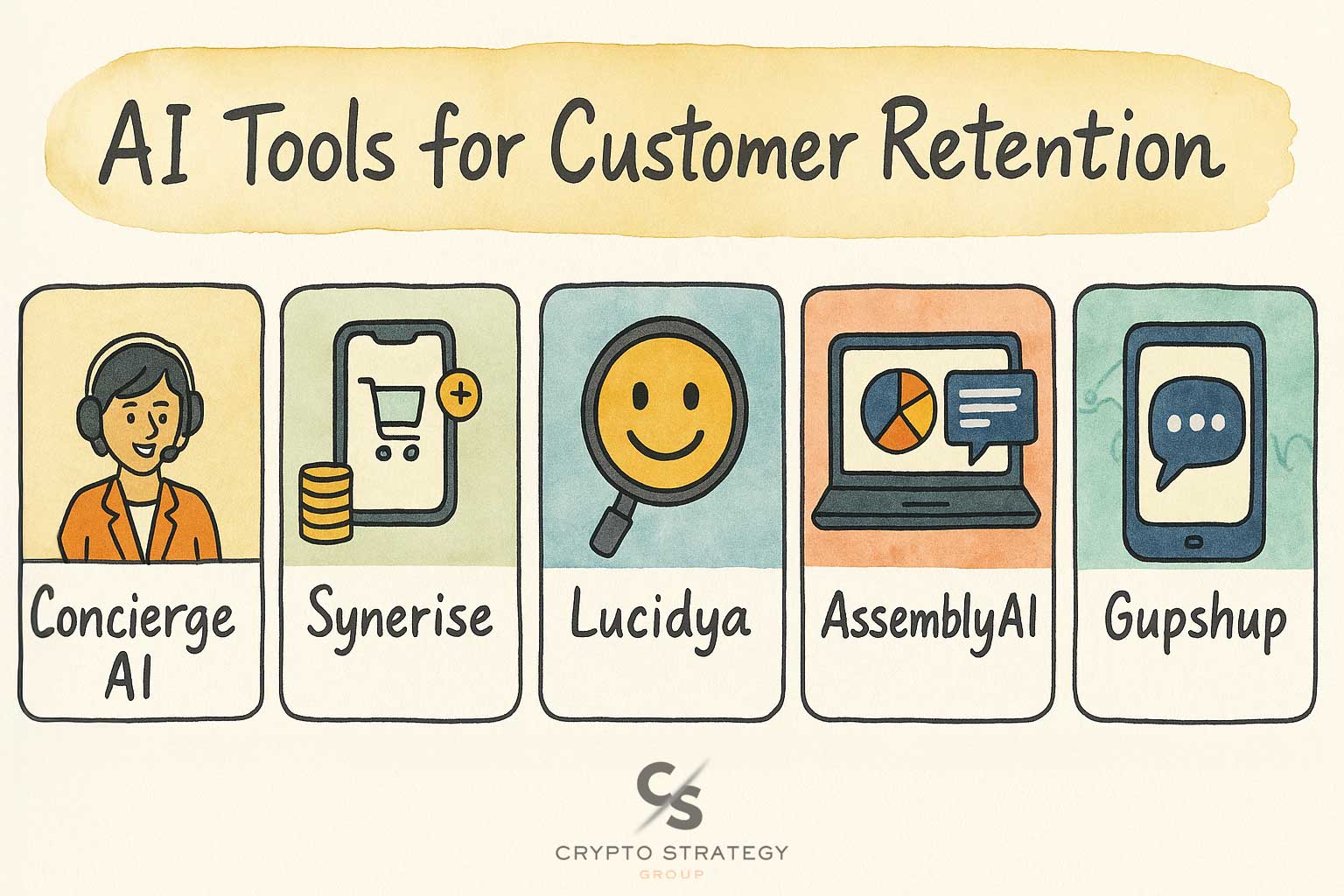In today’s hyper-competitive market, retaining your customers isn’t just a goal—it’s a necessity. Marketing budgets are tighter, customer expectations are higher, and loyalty is harder to earn. So how do you stay ahead? The answer lies in Artificial Intelligence (AI).
AI is no longer a futuristic concept—it’s the silent workhorse powering some of the most successful retention strategies today. By using AI tools for customer retention, businesses can analyze customer behaviors, predict churn, personalize experiences, and automate engagement—all at scale.
In this guide, we’ll introduce you to the most effective AI tools for customer retention, explain how they work, and give you an actionable plan to start using them today.
Why AI is a Game-Changer for Customer Retention
Here’s the thing: retaining a customer costs far less than acquiring a new one. But retention isn’t just about discounts or loyalty cards—it’s about understanding what your customers want and delivering it consistently.
AI tools excel at this because they can:
✅ Analyze customer data to predict churn.
✅ Personalize offers and communications.
✅ Automate follow-ups and support.
✅ Provide insights into customer satisfaction and loyalty drivers.
Imagine having a digital marketing assistant working 24/7 to keep your customers happy and loyal. That’s what AI brings to the table.
🔧 Advanced AI Tools for Customer Retention
While well-known platforms like Zendesk and HubSpot offer AI integrations, several specialized tools have emerged, focusing solely on enhancing customer retention through innovative AI-driven strategies.
1. Concierge AI

- Overview: An AI-powered customer success platform that automates onboarding, support, and retention workflows.
- Key Features:
- Automated customer onboarding sequences.
- Proactive support ticket management.
- Personalized retention campaigns based on user behavior.
- Use Case: Ideal for SaaS businesses aiming to reduce churn by ensuring customers are engaged and supported throughout their journey.
- Learn More: Concierge AI
2. Synerise

- Overview: A comprehensive AI-driven platform that consolidates customer data to automate marketing activities and create personalized loyalty programs.
- Key Features:
- Predictive analytics for customer behavior.
- Real-time personalization across channels.
- Integration with POS systems for seamless offline and online data synchronization.
- Use Case: Suitable for retail businesses looking to enhance customer loyalty through personalized experiences.
- Learn More: Synerise
3. Lucidya

- Overview: An AI-powered customer experience management platform focusing on real-time insights and interactions.
- Key Features:
- Sentiment analysis across multiple languages and dialects.
- Real-time customer engagement tools.
- AI-driven analytics for optimizing customer experiences.
- Use Case: Best for businesses operating in multilingual markets aiming to understand and improve customer sentiment.
- Learn More: Lucidya
4. AssemblyAI

- Overview: Provides advanced speech-to-text APIs that convert calls and voice notes into accurate transcripts, aiding in customer retention strategies.
- Key Features:
- Real-time transcription with high accuracy.
- Summarization and sentiment analysis of customer interactions.
- PII redaction for compliance.
- Use Case: Ideal for businesses that rely heavily on voice interactions and want to extract actionable insights to improve customer satisfaction.
- Learn More: AssemblyAI
5. Gupshup

Learn More: Gupshup
Overview: A conversational messaging platform that enables businesses to build AI-powered chatbots for customer engagement.
Key Features:
Supports multiple messaging channels.
Auto Bot Builder for generating conversational flows.
Integration with Meta’s Llama 2 for enhanced NLP capabilities.
Use Case: Suitable for businesses aiming to automate customer interactions across various messaging platforms.
🛠️ Action Plan: Implementing AI Tools for Customer Retention
Step 1: Identify Retention Challenges
- Analyze customer journey to pinpoint drop-off points.
- Gather feedback to understand customer pain points.
Step 2: Set Clear Objectives
- Define what success looks like (e.g., reduce churn by 15% in 6 months).
- Establish KPIs to measure the effectiveness of AI tools.
Step 3: Choose the Right AI Tool
- Based on your specific needs, select an AI tool that aligns with your objectives.
- For onboarding automation: Concierge AI.
- For personalized marketing: Synerise.
- For sentiment analysis: Lucidya.
- For voice interaction insights: AssemblyAI.
- For chatbot automation: Gupshup.
Step 4: Integrate and Train
- Ensure seamless integration with existing systems (CRM, marketing platforms).
- Train your team to effectively use the new tools.
Step 5: Monitor and Optimize
- Regularly review performance against KPIs.
- Gather feedback from both customers and staff.
- Make necessary adjustments to strategies and tool configurations.
By leveraging these advanced AI tools and following a structured implementation plan, businesses can significantly enhance their customer retention strategies, leading to increased customer loyalty and sustained growth.




